Lama Surya Das speaks on Dzogchen. He comes from the Nyingma school of Tibetan Buddhism and is an American from Brooklyn! He has been known to say,
Dzogchen basically deals with the innate intelligence or intrinsic awareness which all beings possess. It means seeing non-dualistically rather than in the usual dualistic object-subject dichotomy. By definition, delusion is dualistic, while non-duality is ultimate wisdom. Dzogchen doesn’t necessarily have anything to do with Buddhism. It is the perfect nature of all things.
This interview took place at the Garrison Institute.
httpv://www.youtube.com/watch?v=zQtXkVjg1F4
I received this email from “Weekly Words of Wisdom chosen by Lama Surya Das” relating to the video:
Question: In the state of RIGPA, is there parallel reality going on? Is there a relative level of reality in which there is apparently a Self and the Others? Or is there something else?
Lama Surya Das: Parallel sounds too separate. Although in the bigger picture I’ve heard that parallel lines meet in the horizon. So in the bigger picture parallel lines may not be separate. . . It is more like co-emergent realities. For example, we’re all very much alike, but we’re all different. We all have different DNA, personalities, but we’re very much alike: the Homosapiens, the mammals, with 90% water, and so forth. We are more alike than different. Can we accommodate this apparent contradiction that we’re all the same and different at the same time? That’s where the Middle Way comes in. It’s not either/or; it can be both or neither. . . It can be more like co-existing realities, like the two sides of hands. Are they separate or the same? Where does one end and the other begin? So the relative and the absolute are inseparable. According to this way of looking at things, samsara and nirvana are inseparable. The two are one.
Going deeper, awakening to what’s the Here and Now we realize the ultimate reality within the relatives, the infinitive within the finite, the timeless within time. . . Horizontal time and vertical time dissecting every moment, we call it Dzogchen. . . This moment is always Now, and yet we live in relative time. We grow old and age in relative time. But THIS is always fresh. THIS is the eternal time. It’s the Now. And although Buddhists would say. . . that everything is impermanent, Buddha never said that. Buddha said all conditioned things are impermanent.
He also talked about a few things that are NOT impermanent: SPACE, because it’s not compound or put together; and NIRVANA, he called it deathless timeless nirvana. So that’s right Here, the Now. What we seek is right here and now. The promised is always elsewhere. . . In the Dzogchen way of looking at this there are four deviations of the View or this outlook, the realization of the things as they truly are, not separate, not parallel: IT is so close that we always overlook it. . . IT seems too good to be true that we can hardly believe it. . . (How can Nirvana be Here?) IT’s not outside ourselves so we can’t get it. AND Fourth, IT’s too obvious, too clear, too evident, so we see right through it. We don’t notice it. We don’t appreciate it. . .
That is where the great contemplative awareness practices come in: To be more aware of what’s here and now. . . See the whole situation and to take it more lightly. Buddha himself said that there’s nirvanic peace in things left just as they are. That’s not after many life-times. That’s not on the other shore. That’s not off the wheel of Samsara. . . That’s the basis of. . . Dzogchen, the Great Perfection teaching. . .
I hope you enjoy watching the video.
What do you think?



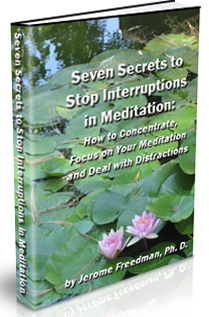



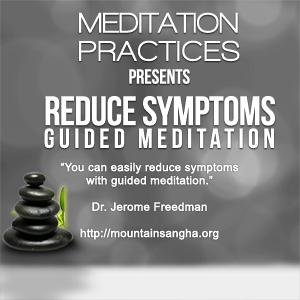
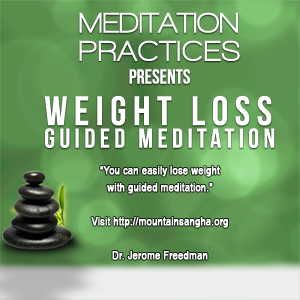
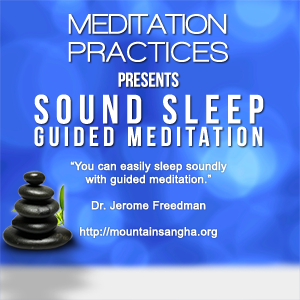
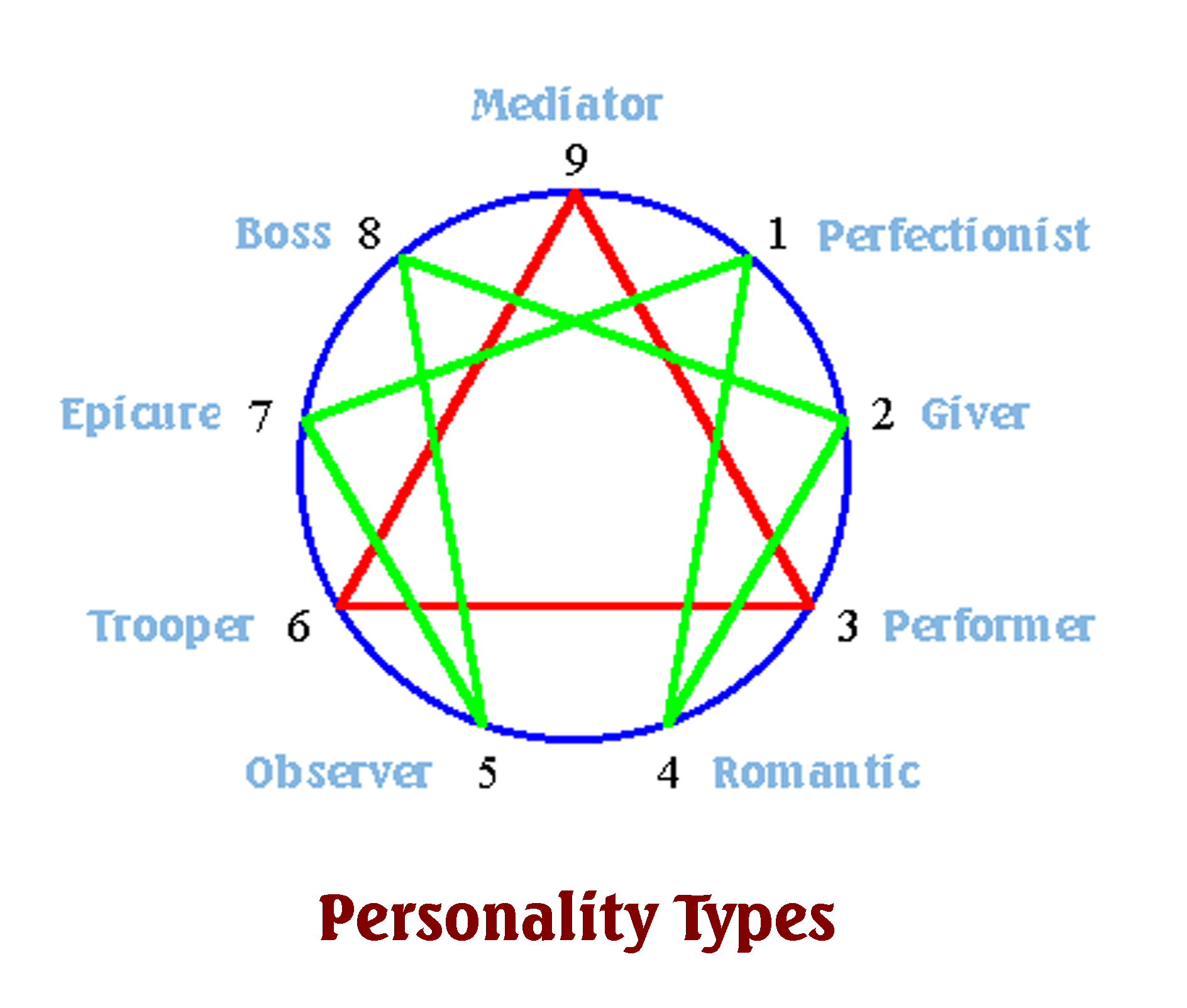
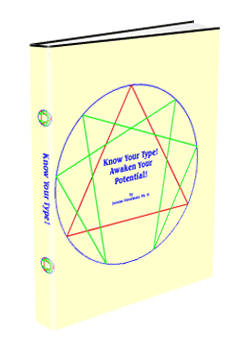
.jpg)